 |
| An exhibit provided in the complaint that shows PicsArt’s Gold subscription platform, which is where VSCO alleges its reverse engineered filters ended up. |
Visual Supply Company, more commonly referred to as VSCO, has filed a lawsuit against the creators of PicsArt, a photo editing application, claiming the company reverse engineered a number of its photo filters found in its mobile application.
According to the complaint, filed in the Northern District of California, 17 PicsArt employees created VSCO accounts and used them to reverse engineer at least 19 presets VSCO offers, a violation of the terms of the VSCO app which state users ‘agree not to sell, license, rent, modify, distribute, copy, reproduce, transmit, publicly display, publicly perform, publish, adapt, edit or create derivative works from any VSCO Content.’
VSCO says it attempted to remedy the situation out of court with a letter, sent to PicsArt in February 2019, demanding the company remove the reverse engineered presets from its app, provide accounting records for all profits and revenue made from the presets and identify all of the PicsArt employees who had opened an account with VSCO. PicsArt subsequently said it would remove all of the filters by March 22, 2019, but as of the complaint’s filing date, only 17 had been removed and two new filters PicsArt is publicizing appear to be reverse engineered as well.
 |
| An exhibit in the complaint that details a social media post that shows a pair of filters that VSCO claims PicsArt reverse engineered to sell as part of its own subscription service. |
Now, PicsArt employees creating VSCO accounts alone isn’t too suspicious, but VSCO appears to have more than suspicion alone to back up its claims. According to the lawsuit:
VSCO’s color scientists have determined that at least nineteen presets published by PicsArt are effectively identical to VSCO presets that are only available through a VSCO account. Specifically, VSCO determined that those PicsArt filters have a Mean Color Difference (“MCD”) of less than two CIEDE2000 units (in some cases, far less than two units) compared to their VSCO counterparts. An MCD of less than two CIEDE2000 units between filters is imperceptible to the human eye and cannot have been achieved by coincidence or visual or manual approximation. On information and belief, PicsArt could have only achieved this degree of similarity between its filters and those of VSCO by using its employees’ VSCO user accounts to access the VSCO app and reverse engineer VSCO’s presets.
PicsArt has denied these allegations, with a spokesperson sharing the following statement with TechCrunch:
VSCO is not a direct competitor, but they clearly feel threatened by PicsArt. VSCO’s claims are meritless. It’s disappointing that they have made these false claims against us. PicsArt will vigorously defend itself against these baseless claims and all options are under consideration.
VSCO doesn’t mention a specific dollar value in the complaint, but asks for ‘compensatory damages, disgorgement of profits, corrective advertising, and costs and attorneys’ fees.’
Articles: Digital Photography Review (dpreview.com)


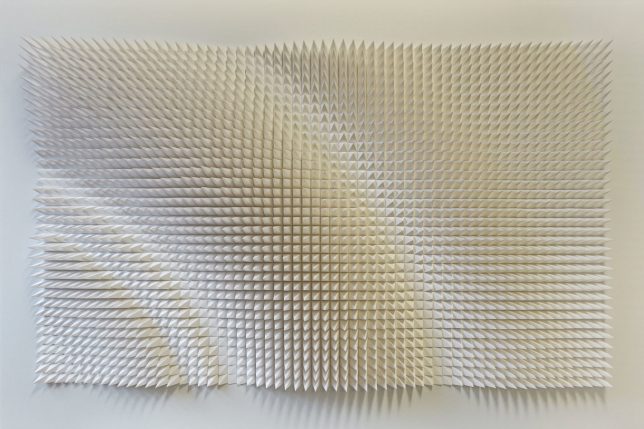
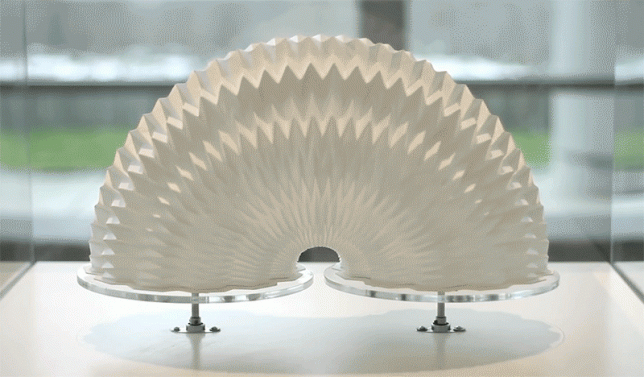




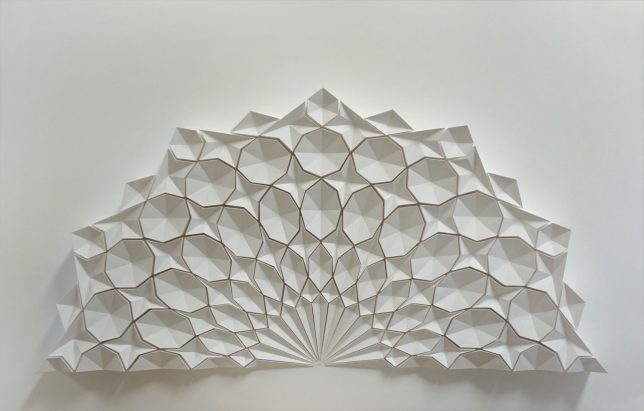









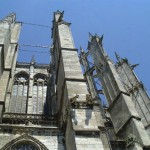
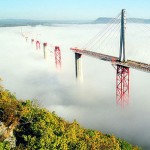
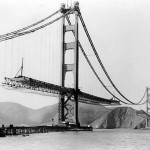










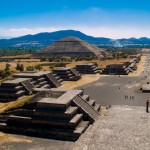




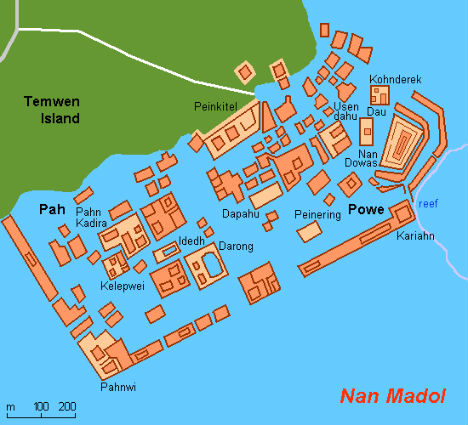








You must be logged in to post a comment.